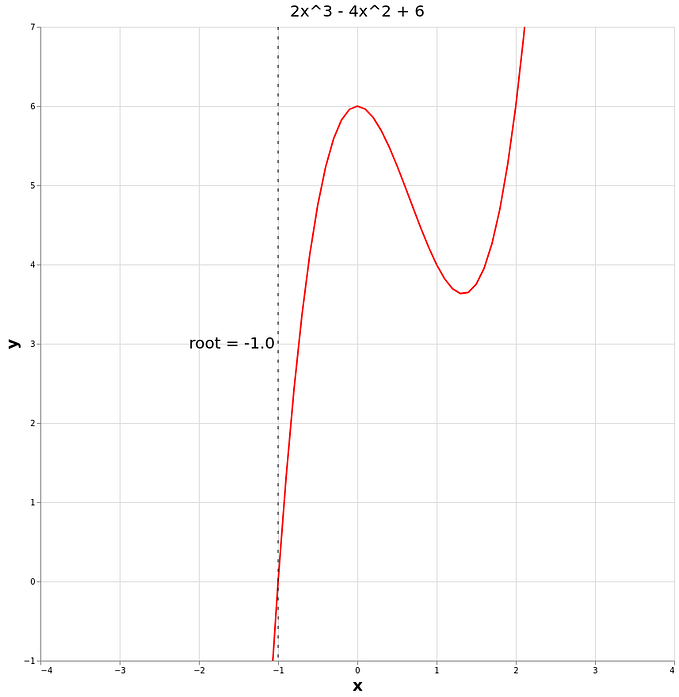What we can learn from tomatoes — Feeding the planet with improved plant breeding

Photography: Elodie Burrillon | http://hucopix.com
Just outside of the quiet town of Wageningen, surrounded by vast fields of grass and crops, the ultra-modern buildings and stark white greenhouses of Wageningen University and Research catch the eye. The institution is well known for its groundbreaking contributions in biological sciences across the country. And it is in one of the university’s hot houses filled with tomato, potato, and spring onion plants that a small, but diverse team of researchers are working on the future of plant breeding.
Already in 2015, the Netherlands eScience Center granted funding to the collaboration project of Dr. Richard Finkers and Prof. Richard Visser, both employed at Wageningen University and Research. The ambitious research question they posed themselves: How can science help to ensure food and nutrient availability for our continuously growing world population? A potential answer lies in the genetic characteristics of the tomato, according to the candYgene project. Within the domain of genetics research and plant breeding, it is widely known and accepted that certain characteristics of a plant genome can have a direct impact on qualities like heat tolerance, quality, or resistance to pest and diseases. Identifying candidate genes with favourable attributes for the breeding process would decrease time effort and represents a crucial advantage in creating more resilient crops and, consequently, secure future food supply.
Discovering the “holy grail” of plant breeding together

Richard: “In a project like candYgene, we focus on on combining current knowledge that is burried in data resources to breed the seeds of the future.”
What is much less obvious, however, is which genes specifically influence such characteristics and to what extent this occurs in the so-called Quantitative Trait Loci (QTLs).

The combination possibilities of these QTLs are almost endless. Together with eSience engineer Dr. Arnold Kuzniar and PhD candidate Gurnoor Singh, the group set out to come up with a new method for plant breeding experts to tackle the common problem of an overwhelming amount of data. Especially growing scientific output in the field of genetics research poses a great challenge to scientists. The vast amount of crop species, where publication on other crops might contain the linking pin in biological understanding of a trait, can lead researchers of a specific crop to overlook this potentially important information. But their ability to analyse the available data is also limited by their human constraints like the necessity to sleep and have a work-life balance. And that is where technology can help to improve the research process.

Prof. Richard Visser, the main initiator of the project, formulates the idea behind the pairing up with the eScience Center this way: “We wanted to tap into the knowledge and expertise of eScientists. Having people dedicated to coming up with computer solutions is not trivial and this interaction takes the cooperation to a more professional level.”
In a close collaboration effort, Arnold and Gurnoor managed to pair their expertise’s to come up with a solution to harness the already existing data about QTLs from tables included in numerous peer-reviewed articles. The results of the PhD candidate’s analysis of this information was combined with genome annotations in public databases by the eScience engineer with the help of QTL TableMiner++. This newly developed tool is the first pivotal achievement of the project and extracts QTL data from literature and makes it readable for a machine, enabling targeted search requests. “Dissecting the relationships between genes and traits is the holy grail of genetics research“, says Arnold, stating that especially the close collaboration with Gurnoor was “crucial”. Richard is very clear on how important the unique merging of eScience and domain expertise was for the project: “Gurnoor and Arnold have really done groundbreaking work in this project. There is no other team in the world that invested so much time in trying to link different data resources and then linking them to different candidate genes.”
Teamwork is a slow-growing seed

This idea of paving new pathways in research and driving innovation forwards serves as one of the central motivations for Arnold. “Working with domain scientists to solve a biological problem using digital technologies is what drives me.” PhD candidate Gurnoor also sees clear benefits in terms of career by working in a multidisciplinary project:
“You can find your own individual path in sectors where many other people, for example, in plant breeding don’t know how to process big amounts of data or how bioinformatics works. So this experience will definitely help me to enter a new field.”

But before the team was able to arrive at this point in the candYgene project, the unique components of this collaborative process posed a few hurdles that had to be overcome together. “It was a learning curve for everyone. The start is always challenging because people have a different vocabulary and expectations”, Arnold remembers, backed up by Richard: “It takes time to build a relationship and to work together effectively, that cannot happen in two weeks.“ In this way, the co-leader of the project expresses that it was decisive that Arnold is spending two days a week in the Wageningen office with the rest of the team.




Growing impact beyond state lines and disciplines
After this demanding orientation phase, the group is now happy with what they have achieved so far. “The feedback from my international network has been very positive. A great number of researchers is interested in using the tool we developed and appreciate that we made the information that was hidden in literature“, Richard announces not without a sense of pride. Reactions as these show that it is still not a common practice to share research results within the domain, or even across disciplines. As someone who mostly works together with the industrial sector, the still underdeveloped field of open science represents one of the central in his opinion: “There should be more space in the funding landscape to enable and enforce the accessibility and availability of data. That is the only way to spark new innovations.“








